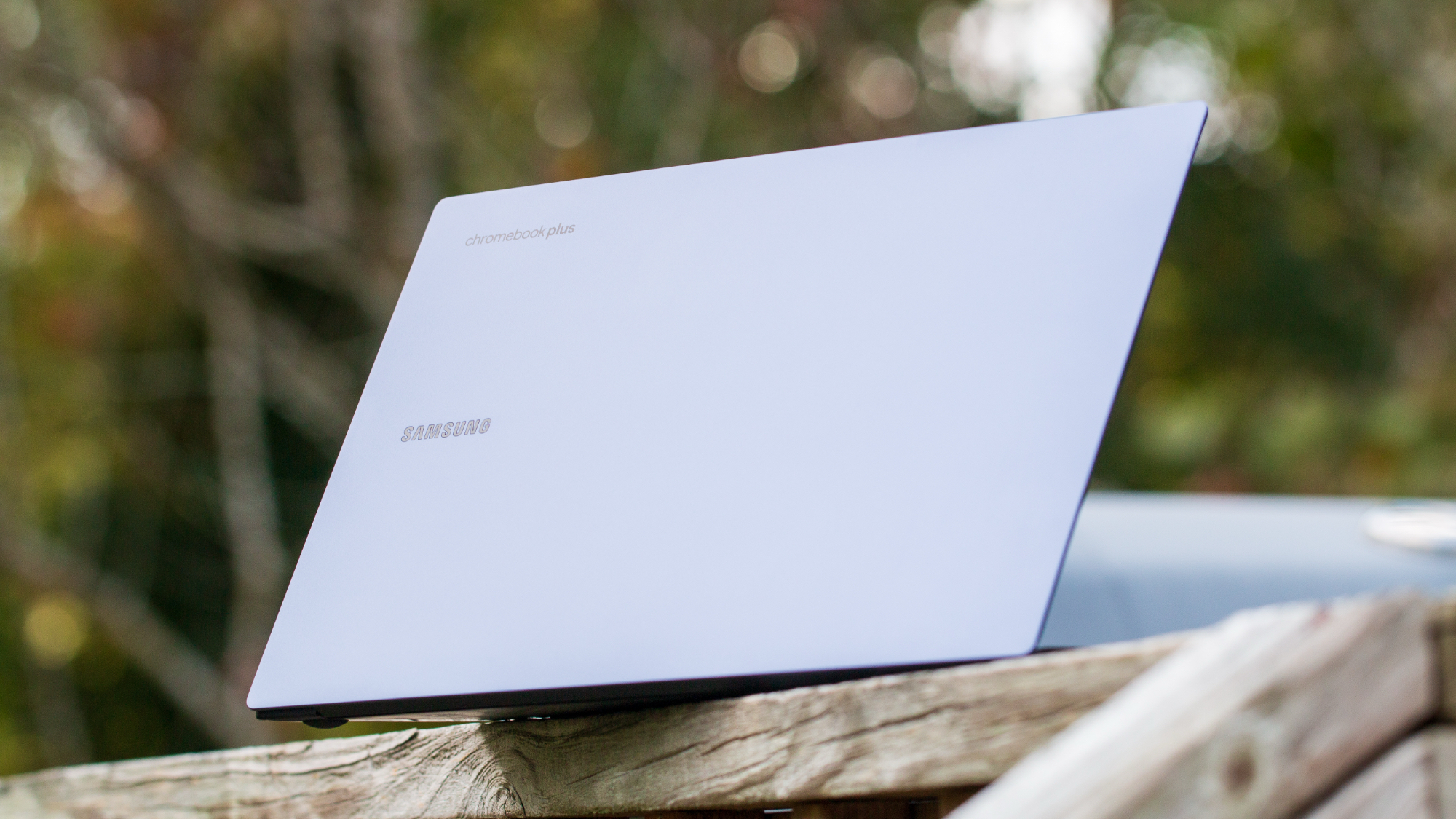Google Pixel 8 Pro vs. Pixel 7 Pro: Should you upgrade?
Google goes all-in on AI with the Pixel 8 Pro, and there's a lot to like.
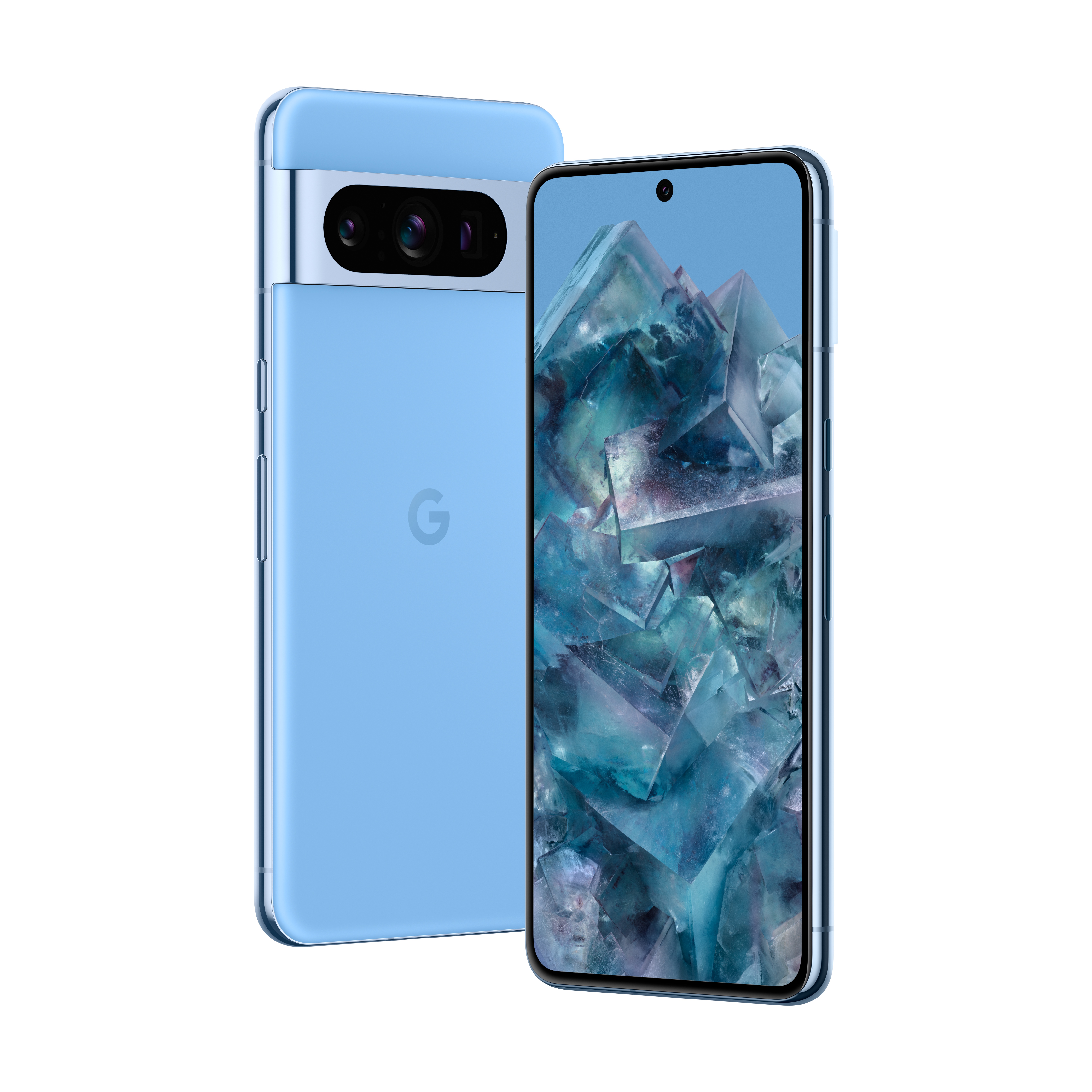
Ultimate AI cameras
Google went all-out with AI-assisted features on its latest flagship, and the Pixel 8 Pro has the ability to shoot better photos and videos in just about any scenario over its predecessor. The camera hardware is brand new as well, and there's biometric face unlock, a flat OLED panel that's brighter than before, and a larger battery. And with Google guaranteeing seven Android OS updates, the phone will get more software updates than just about any other device available today.
Pros
- Upgraded camera hardware
- Flat OLED screen with vibrant colors
- AI-infused camera and software features
- Unmatched seven years of software updates
- Biometric face unlock
Cons
- Costlier than Pixel 7 Pro
- Base model has 128GB storage
- No charger in the box
- Limited global availability
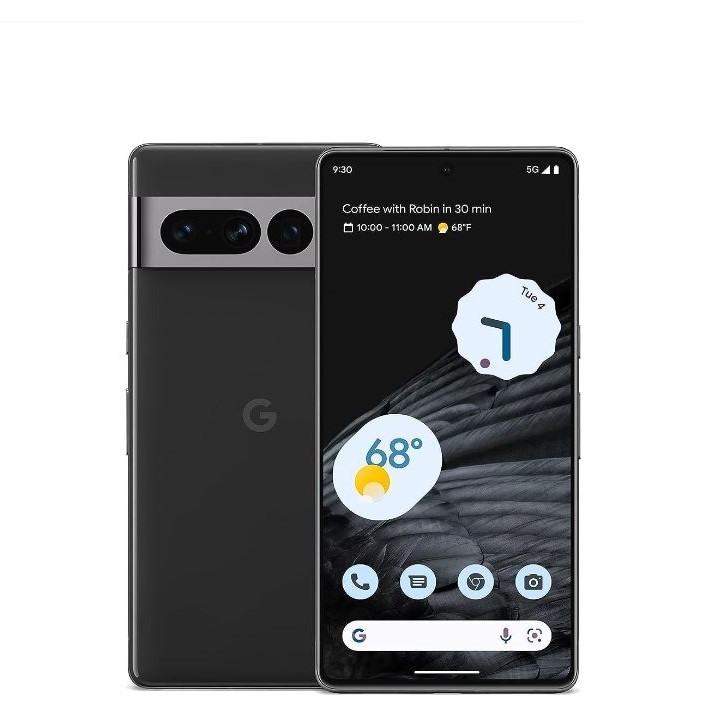
A viable alternative
The Pixel 7 Pro is still a great phone, and it manages to hold its own against the Pixel 8 Pro. Sure, it misses out on the latest AI features, but you get terrific cameras, stable hardware, a gorgeous design with a dual-curved screen, and reliable battery. If you don't need all the new features on the Pixel 8 Pro and are looking to maximize value, the Pixel 7 Pro still has a lot to offer — particularly if you can grab it at a decent discount.
Pros
- Outstanding cameras
- Much better value
- Same great design
- Clean software
- Great battery life
- Powerful hardware
Cons
- Won't get as many software updates
- No charger in the box
- Limited global availability
Google Pixel 8 Pro vs Pixel 7 Pro: Design and screen
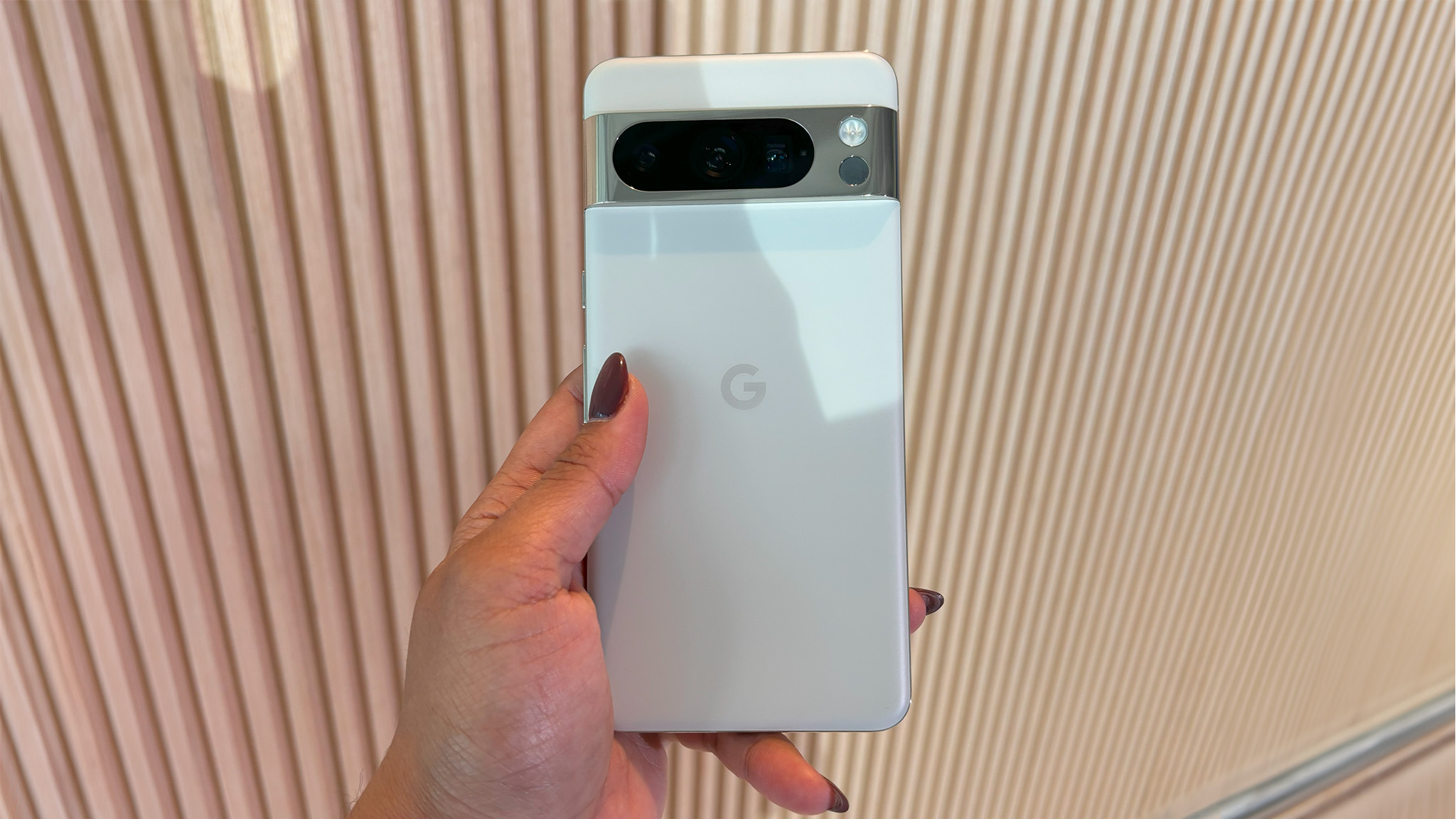
Google retained the same design aesthetic this generation, so you won't find many differences on the design front. The big change this year is the introduction of a matte texture at the back that feels much better than the frosted glass design of the Pixel 7 Pro. Otherwise, you're getting a phone that's largely identical to last year, albeit with new color variants.
While the design at the back hasn't changed too much, Google overhauled the front of the phone, with the Pixel 8 Pro switching to a flat display. Google said it made the change after soliciting user feedback, and as a result, the dual-curved panel that's been a mainstay on the last two generations is giving way for a flat option. So if you're not enthused about curved panels on flagships, you'll love what the Pixel 8 Pro has to offer.
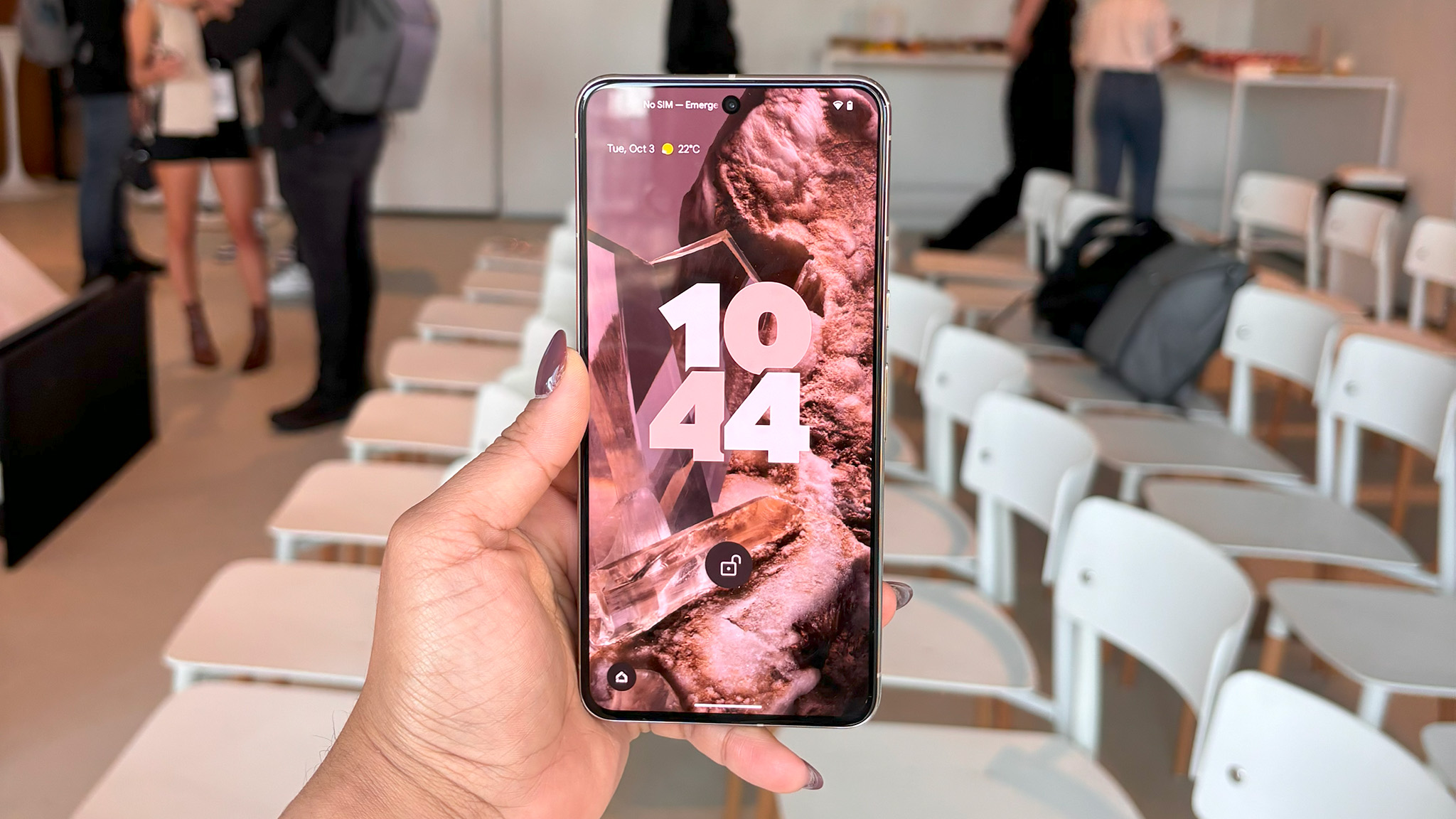
The panel itself gets noticeably brighter than last year — going up to 2400 nits — and that gives the Pixel 8 Pro an edge over the best Android phones. Google is using OLED panels this time, and the Pixel 8 Pro has the same dynamic refresh that goes from 1Hz to 120Hz based on what you're doing on the phone. The protective layer is also new, with the phone switching to Corning's latest Gorilla Glass Victus 2.
Google Pixel 8 Pro vs Google Pixel 7 Pro: Hardware
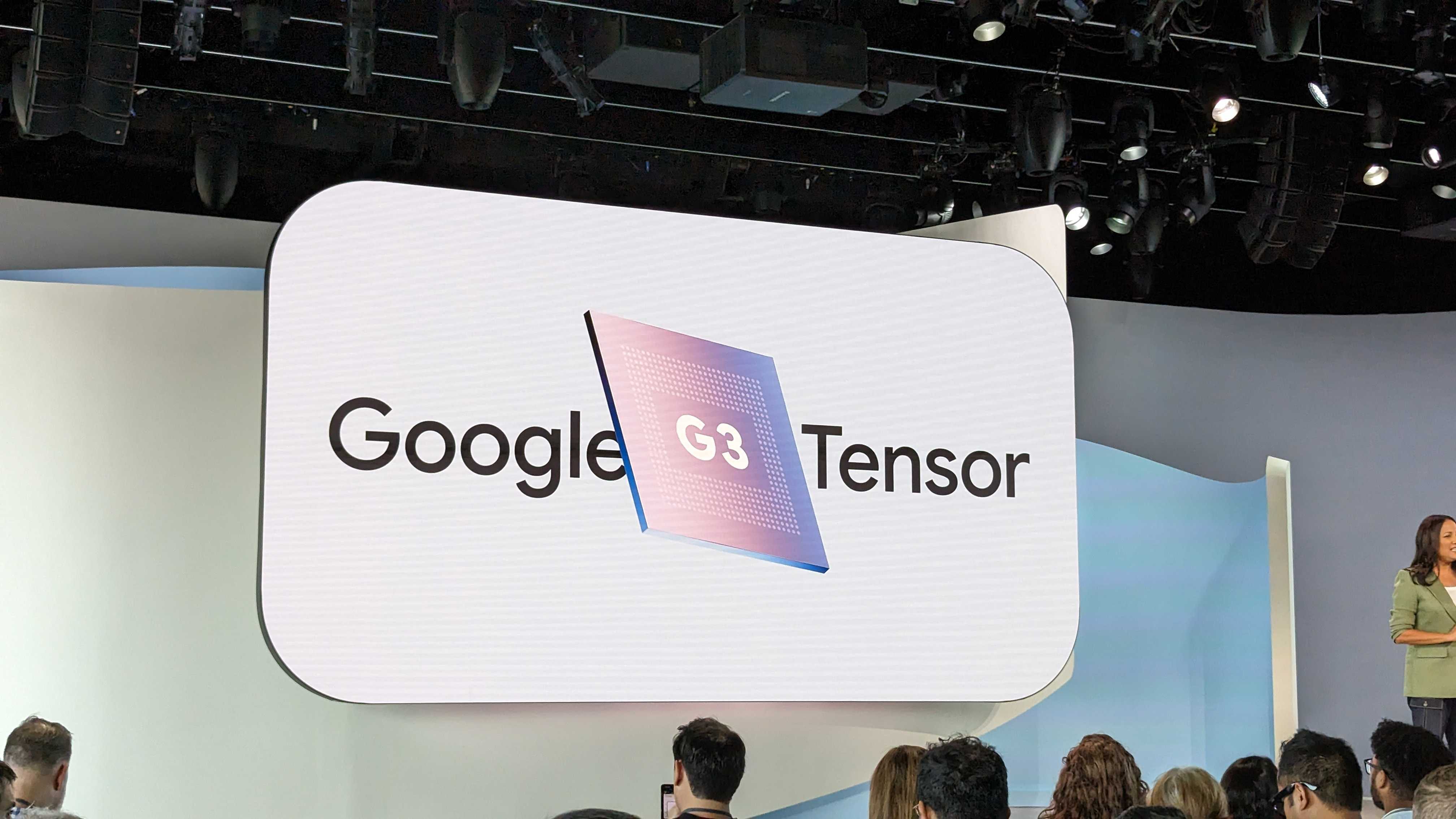
Google is offering a lot of interesting hardware changes on the Pixel 8 Pro; the phone is powered by the Tensor G3 platform, and it has considerable upgrades over the Tensor G2 in the Pixel 7 Pro. The G3 uses the latest Arm cores and a new GPU that should handle intensive titles without throttling, but I'll reserve judgement until I get my hands on the 8 Pro.
Other features include a Wi-Fi 7 modem, Bluetooth 5.3, and NFC, and the Pixel 8 Pro features the same 12GB of RAM as last year. Annoyingly, you get 128GB with the starting model, and while the phone goes up to 1TB (in the U.S.), the fact that the base version is still 128GB is a bit of a letdown — even the iPhone 15 Pro Max now has 256GB of storage.
| Category | Google Pixel 8 Pro | Google Pixel 7 Pro |
|---|---|---|
| OS | Android 14 | Android 14 |
| Display | 6.7-inch Super Actua display, 120Hz LTPO AMOLED (2992 x 1344), HDR10+, 2400 nits, Gorilla Glass Victus 2 | 6.7-inch 120Hz LTPO AMOLED (3140 x 1440), HDR10+, 1500 nits, Gorilla Glass Victus |
| Chipset | Google Tensor G3, Titan M2 security module | Google Tensor G2, 2 x 2.85GHz Cortex X1, 2 x 2.35GHz Cortex A76, 4 x 1.80GHz Cortex A55, Mali-G710, 4nm |
| RAM | 12GB | 12GB |
| Storage | 128GB/256GB/512GB, 1TB (US) | 128GB/256GB/512GB |
| Rear camera 1 | 50MP f/1.68, 1.2um pixels, PDAF, OIS, 4K at 60fps | 50MP f/1.9, 1.2um pixels, PDAF, OIS, 4K at 60fps |
| Rear camera 2 | 48MP f/1.95, 0.8um pixels, 125.5-degree wide-angle with autofocus | 12MP f/2.2, 1.25um pixels, 120-degree wide-angle |
| Rear camera 3 | 48MP f/2.8, 0.7um pixels, OIS, 5x optical zoom | 50MP f/3.5, 0.7um pixels, OIS, 5x optical zoom |
| Front camera | 10.5MP f/2.2, 1.22um pixels, wide-angle | 10.8MP f/2.2, 1.22um pixels, wide-angle |
| Connectivity (US, CA, UK, AU) | Wi-Fi 7, Sub-6 5G (mmWave in US), Bluetooth 5.3, NFC, AptX HD, USB-C 3.2 | Wi-Fi 6E, Sub-6 5G, Bluetooth 5.2, NFC, AptX HD |
| Connectivity (TW, SG, IN) | Wi-Fi 6, Sub-6 5G, Bluetooth 5.3, NFC, AptX HD, USB-C 3.2 | Wi-Fi 6E, Sub-6 5G, Bluetooth 5.2, NFC, AptX HD |
| Ingress Protection | IP68 dust and water resistance | IP68 dust and water resistance |
| Security | In-screen fingerprint module | In-screen fingerprint module |
| Audio | Stereo sound, USB-C | Stereo sound, USB-C |
| Battery | 5050mAh, 30W wired charging, 20W wireless charging, 5W reverse wireless charging | 5000mAh, 30W wired charging, 20W wireless charging, 5W reverse wireless charging |
| Dimensions | 162.6 x 76.5 x 8.8mm | 162.9 x 76.6 x 8.9mm |
| Weight | 213g | 212g |
| Colors | Obsidian, Porcelain, Bay | Hazel, Obsidian, Snow |
Then there's the storage module itself. Most high-end Android phones use UFS 4.0 modules as standard, but Google didn't get the memo, so it's retaining the older UFS 3.1 storage. And like the Pixel 8, it isn't bringing Wi-Fi 7 connectivity to all global markets. What is coming though is a built-in thermometer that lets you measure the temperature of nearby objects. This is just the sort of quirky feature Google is known to do — remember Soli? — and while it is coming to all regions, I'm not sold on its usability just yet.
The Pixel 8 Pro has a single camera at the front, but Google is somehow offering a secure biometric face unlock feature on the device. You can use face unlock for payments, and Google says it's using machine learning combined with the beefier hardware of the Tensor G3 to make it possible.
Get the latest news from Android Central, your trusted companion in the world of Android
As for the battery, Google slotted in a slightly larger 5050mAh unit in the Pixel 8 Pro, and that should allow the device to last a smidgen longer. You get the same charging tech as the Pixel 7 Pro, and that means 30W charging with 23W wireless charging.
Google Pixel 8 Pro vs Google Pixel 7 Pro: Cameras
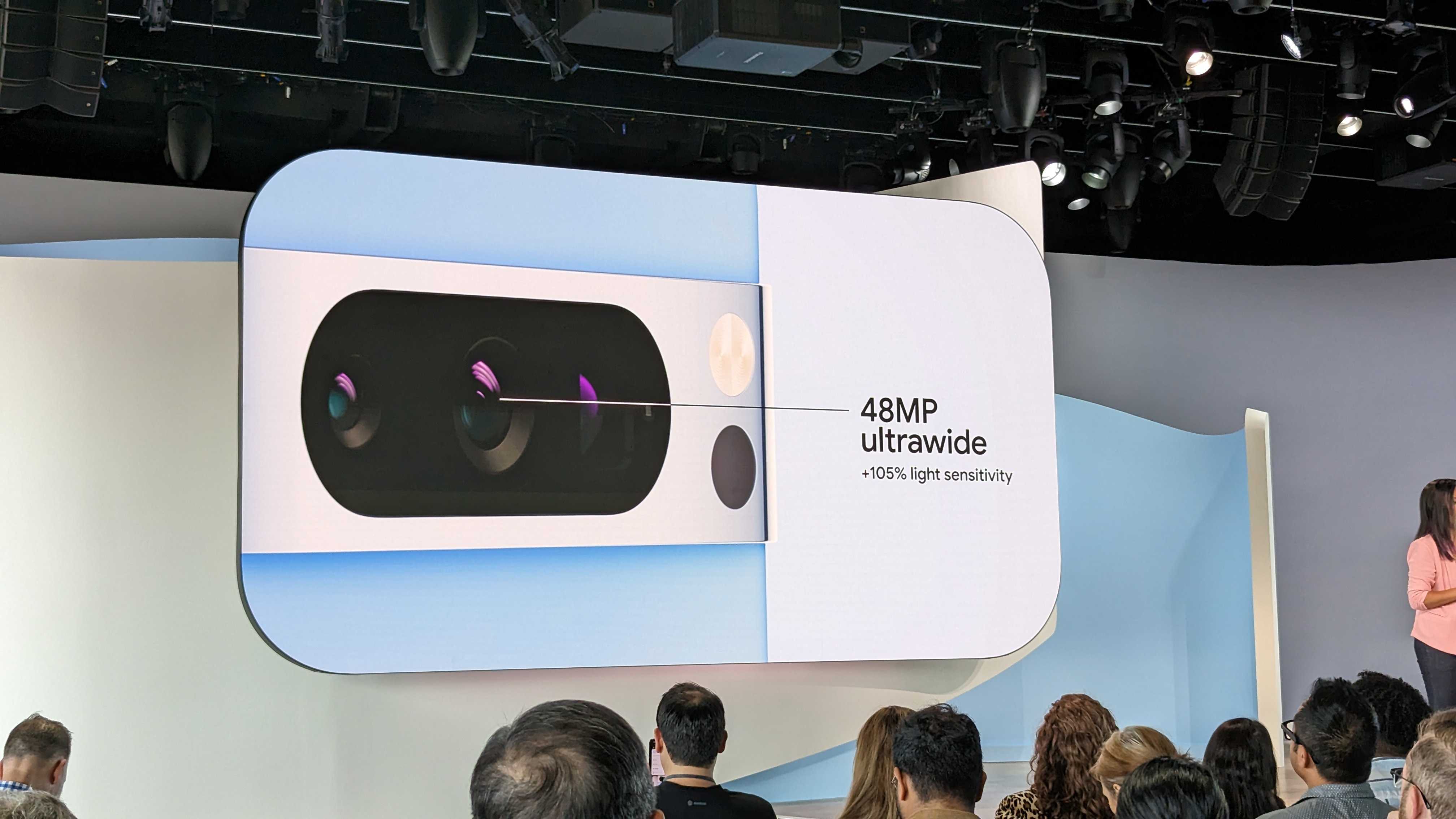
Cameras have always been a focal point for Google, and it's introducing a ton of upgrades this year. The Pixel 8 Pro gets all-new sensors at the back, with a 50MP camera joined by a new 48MP wide-angle lens and a 48MP telephoto with 5x optical zoom. The 48MP wide-angle lens has a 125.5-degree field of view, and because you usually get barrel distortion with such a high FoV, Google is automatically adding lens correction.
AI is a key talking point with regards to the cameras this year, and it facilitates features like Video Boost, which rely on using on-device AI models and Google's cloud infrastructure to deliver vibrant colors to videos after the fact. What I'm more interested in is Night Sight coming to videos, and while other brands already offer a similar feature, the Pixel 8 Pro should do a better job. Oh, and the front camera now has autofocus.
There's a new Best Take feature that combines several photos to deliver the best image when taking group shots, and the Pixel 8 Pro is getting Pro Controls, a manual mode that lets you tweak all the controls. You also get the ability to shoot in RAW, take full-res 50MP shots, and better editing options.
I'll share more details about how these features hold up in real-world use once I get started with the Pixel 8 Pro, so stay tuned.
Google Pixel 8 Pro vs Google Pixel 7 Pro: Software
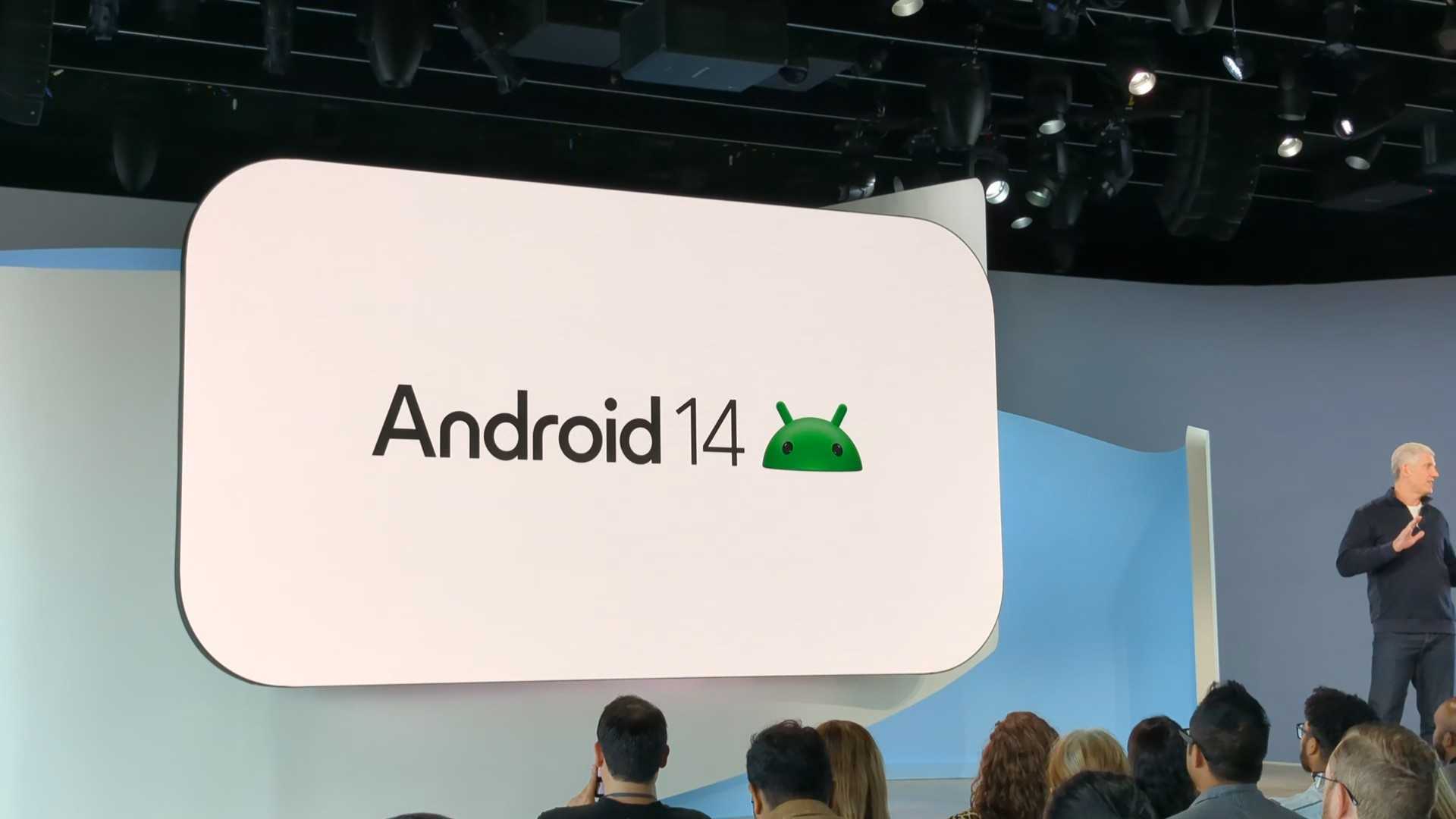
The biggest change with the Pixel 8 Pro has to be software. Google is guaranteeing seven Android OS updates to the Pixel 8 Pro, with the phone receiving updates all the way through October 2030. That means it will get more software updates than any other phone today, and it will be very interesting to see how (and if) Google pulls this off.
As for what's on offer today, the Pixel 8 Pro runs Android 14 out of the box, and it has a slate of extras that you won't get on other phones. The Pixel 7 Pro is also on Android 14 as the stable build is available, but it won't get all the new features debuting on the Pixel 8 Pro — some of those are reliant on the Tensor G3.
Then there's the fact that the Pixel 7 Pro will receive just three platform updates; that's less than the Pixel 8 Pro and most other phones in this category, so we'll have to wait and see if Google extends the software update policy.
Google Pixel 8 Pro vs Google Pixel 7 Pro: Which should you buy?
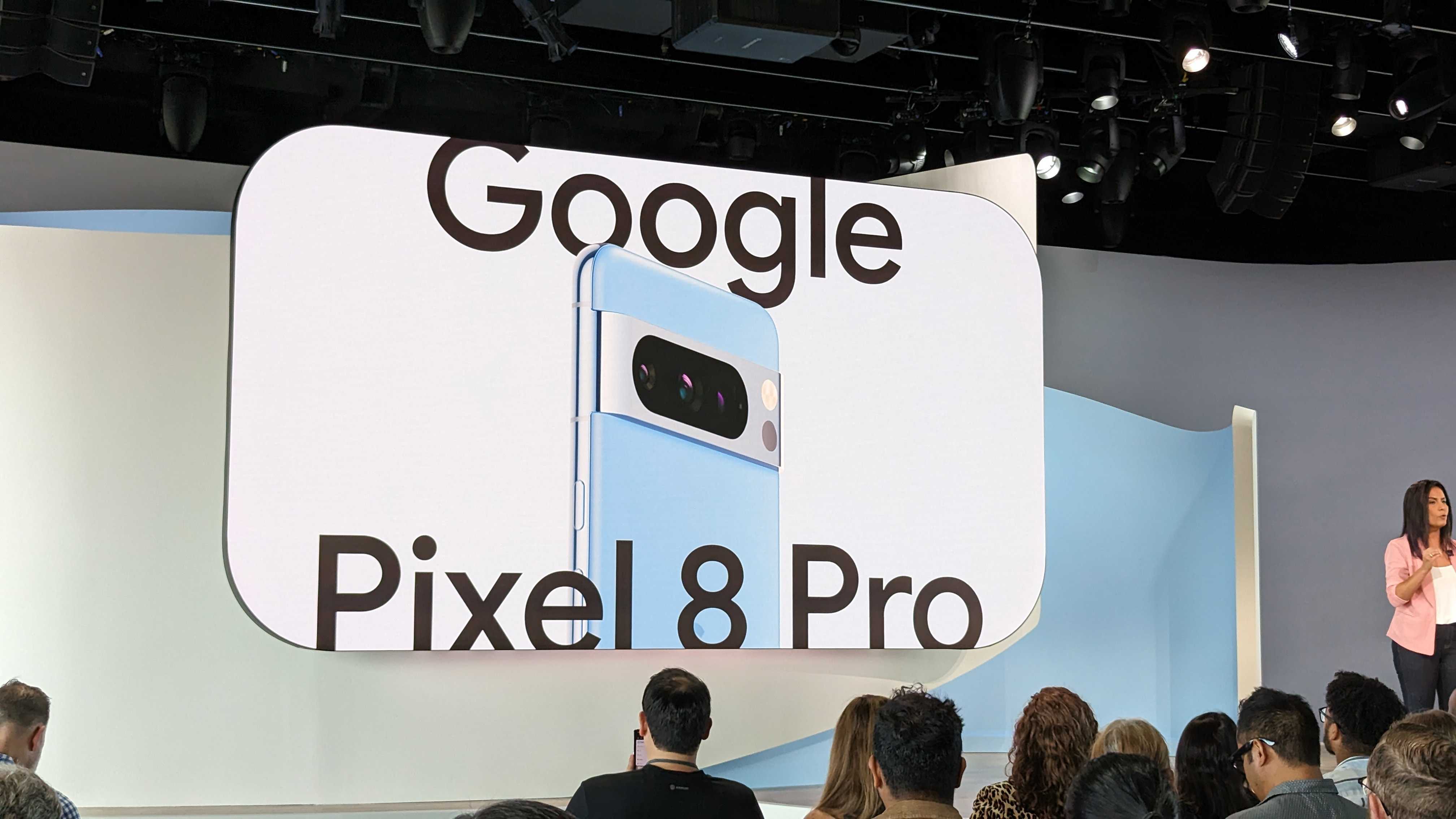
The Pixel 8 Pro starts at $999, $100 more than what the Pixel 7 Pro debuted at last year. I'm annoyed that the base model still comes with 128GB of storage, and that it uses the older UFS 3.1 standard. But other than that, the Pixel 8 Pro is looking like a particularly interesting upgrade: it has a flat panel that's easier to use, faster hardware, upgraded cameras, and will get more software updates than any other phone.
When you pre-order the Pixel 8 Pro, you get the Pixel Watch 2 for free, which retails for $329. That offsets the premium Google is charging for its latest phone, and given the number of new features on offer and the long-term update guarantee, the Pixel 8 Pro is looking like a better option.

Ultimate AI cameras
The Pixel 8 Pro comes with all the upgrades you're looking for, and it will get software updates through 2030 — a feat no other phone currently available is able to manage. If you want Google's latest AI features and the best cameras on a phone, get the Pixel 8 Pro.

A worthy alternative
The Pixel 7 Pro has plenty to offer in 2023, and while it misses out on the latest camera features, it still manages to take brilliant photos in any scenario. If you're eyeing the phone, it makes sense to wait for an enticing deal — Google is known to discount its older phones heavily.

Harish Jonnalagadda is Android Central's Senior Editor overseeing mobile coverage. In his current role, he leads the site's coverage of Chinese phone brands, networking products, and AV gear. He has been testing phones for over a decade, and has extensive experience in mobile hardware and the global semiconductor industry. Contact him on Twitter at @chunkynerd.
